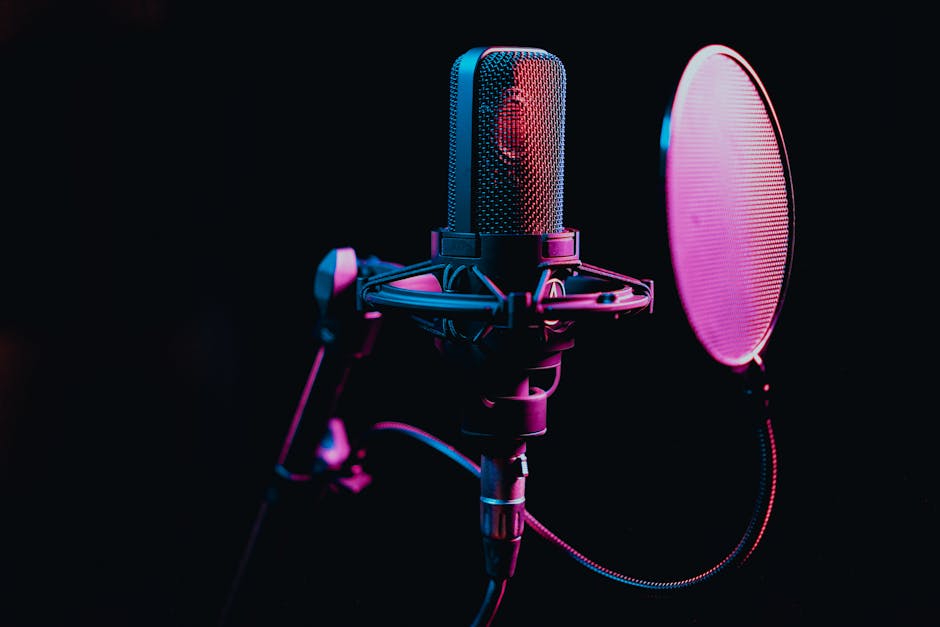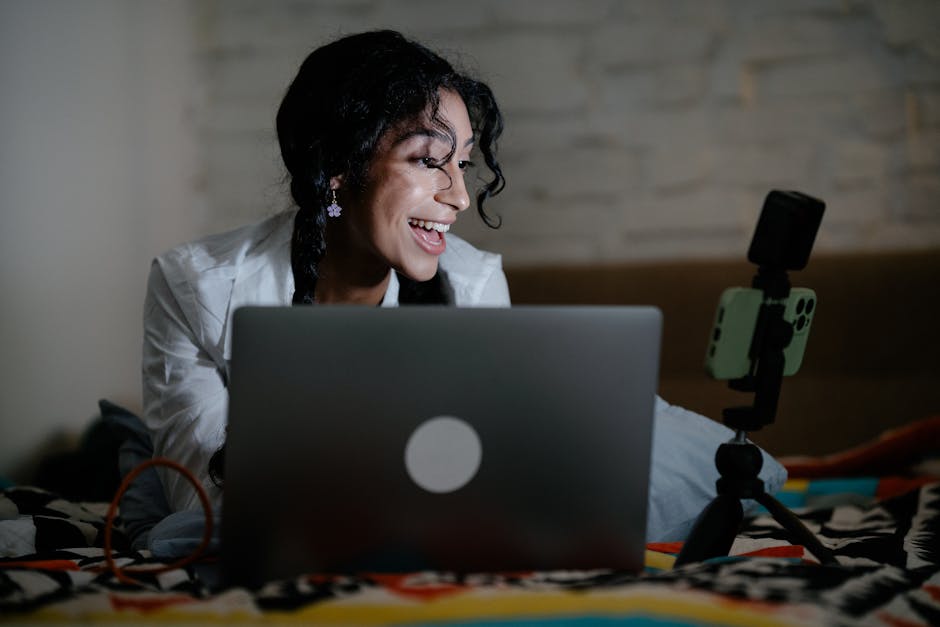My Guide to Understanding Copyright and Fair Use in Podcasting.
My Guide to Understanding Copyright and Fair Use in Podcasting
As a podcaster, you pour your heart and soul into creating compelling audio experiences. You research, you record, you edit, and you share. But amidst the excitement of storytelling and audience engagement, there’s a crucial, often daunting, legal landscape you need to navigate: copyright and fair use. Ignoring these principles can lead to serious headaches, from frustrating takedown notices to costly legal battles. This isn’t just dry legal jargon; it’s about protecting your work and respecting the work of others. In this comprehensive guide, I’ll break down the complexities, offer practical advice, and equip you with the knowledge to podcast confidently and legally.
Think of this as your essential legal toolkit, specifically tailored for the unique challenges and opportunities within the podcasting world. We’ll cut through the legal speak to give you actionable insights, ensuring your podcast journey remains smooth, ethical, and legally sound.
Unpacking Copyright’s Grip on Your Podcast Creations
Before we delve into what you can use, let’s firmly establish what copyright actually protects in the realm of podcasting and how it affects your own creative output. Copyright is an automatic legal right granted to creators of original works of authorship. In podcasting, this covers a wide range of elements:
What Copyright Shields in Your Podcast
- Your Original Audio Recordings: This includes your voice, interviews you conduct, original music you compose, and unique sound effects you create. Every word you speak, every narrative you weave, if original, is inherently copyrighted upon its creation and fixation.
- Your Podcast Scripts and Transcripts: The written word is a classic example of copyrighted material. If you write a script for your podcast, that script is protected.
- Original Music and Sound Effects: If you or someone you hire creates unique musical intros, outros, or background scores, these are copyrighted. Even a distinctive sound effect you record could be protected.
- Original Artwork and Logos: While not audio, the visual elements associated with your podcast (cover art, website graphics) are also subject to copyright.
Understanding that copyright protection is automatic means you don’t need to register your podcast with the U.S. Copyright Office to have rights (though registration offers significant benefits in case of infringement). The moment your original content is “fixed in a tangible medium of expression” – i.e., recorded, written down, or saved as an audio file – it’s copyrighted.
The Golden Rule: Assume It’s Copyrighted
This is perhaps the most critical takeaway for any podcaster: assume any content you didn’t create yourself is copyrighted, unless you have definitive proof otherwise. This includes:
- Music tracks, even short snippets.
- Sound effects found online.
- Clips from movies, TV shows, or other podcasts.
- Speeches, lectures, or interviews conducted by others.
- Images or artwork used for your podcast’s visual identity.
Operating under this assumption will save you a lot of legal trouble. It shifts the burden of proof from “Is this copyrighted?” to “Do I have permission or a legal right to use this?”

Navigating the Nuances of Fair Use for Podcasters
Fair use is often misunderstood as a free pass to use copyrighted material, but it’s far more complex and context-dependent. It’s a legal doctrine that permits limited use of copyrighted material without acquiring permission from the rights holders, primarily for purposes such as criticism, commentary, news reporting, teaching, scholarship, or research. For podcasters, this is where the waters get murky, but also where opportunities for rich, transformative content lie.
The Four Pillars of Fair Use in Your Podcast Episode
When a court evaluates whether a particular use is “fair,” it considers four factors. There’s no hard-and-fast rule; each factor is weighed against the others, and the outcome depends on the specific circumstances. As podcasters, you need to internalize these:
- The Purpose and Character of the Use: Is your use commercial or for non-profit educational purposes? More importantly, is it transformative? Transformative use adds new expression, meaning, or message to the original work, rather than merely superseding it. For podcasters, using a clip to critique, comment on, or parody the original work is more likely to be considered fair use than simply playing it for entertainment.
- The Nature of the Copyrighted Work: Is the original work factual or creative? Using factual works (e.g., news reports, historical documents) is generally more likely to be fair use than using highly creative works (e.g., songs, films).
- The Amount and Substantiality of the Portion Used: How much of the original work did you use, and was it the “heart” or most memorable part? Using a very small, non-essential portion is generally safer than using a large chunk or the most recognizable part.
- The Effect of the Use Upon the Potential Market for or Value of the Copyrighted Work: Does your use harm the market for the original work? If your podcast’s use of a copyrighted song could reduce sales of that song, it’s less likely to be fair use. If your use offers a different product or serves a different market, it’s more likely to be fair.
Remember, fair use is a defense you can raise after being accused of infringement. It’s not a guarantee against being sued. Therefore, exercising caution and seeking explicit permission or alternative content is always the safest route.
Beyond Fair Use: Smart Strategies for Legally Sourcing Podcast Content
Relying solely on fair use can be risky. Proactive measures and smart content sourcing are the backbone of a legally sound podcast. Here are my go-to strategies for ensuring your audio content is above board:
Securing Explicit Permission and Licensing
The clearest path to using copyrighted material is to simply ask for permission. This often involves licensing agreements, especially for music. Licensing music for podcasts can range from simple blanket licenses from performance rights organizations (like ASCAP or BMI for public performances) to direct licenses from individual artists or labels. For other audio clips, a direct email or formal request to the copyright holder is the way to go.
- Music Licensing: Explore services like Epidemic Sound, Artlist, or PremiumBeat, which offer subscription-based licenses for royalty-free music specifically for content creators. These services simplify the process immensely.
- Direct Permission: If you want to use a specific clip, track down the creator or copyright holder and request permission in writing. Be clear about how and where you intend to use the material.
Embracing Creative Commons and Public Domain
Not all content requires explicit permission. Understanding Creative Commons licenses and the public domain can significantly expand your legal content library:
- Creative Commons (CC): These licenses offer a standardized way for creators to grant permission for others to use their work under certain conditions (e.g., attribution, non-commercial use, no derivatives). Always check the specific CC license attached to a work and adhere strictly to its terms. Many podcasters find a wealth of music and sound effects under Creative Commons licenses.
- Public Domain: Works in the public domain are no longer protected by copyright and can be used freely by anyone. This typically applies to works where the copyright has expired (e.g., very old books, classical music compositions) or works that were never copyrighted in the first place. Laws vary by country, so confirm a work’s public domain status for your region.
Creating Your Own Original Content (The Safest Bet)
The simplest and safest way to avoid copyright issues is to create everything yourself. This means:




Post Comment